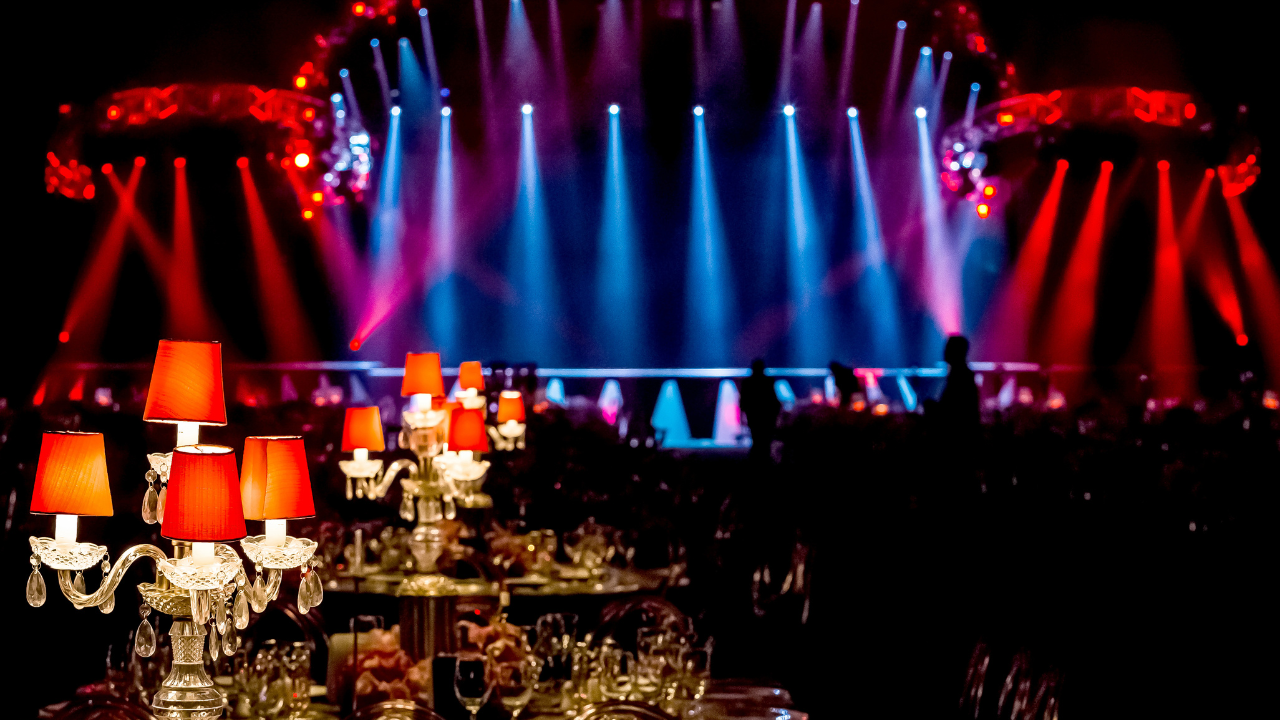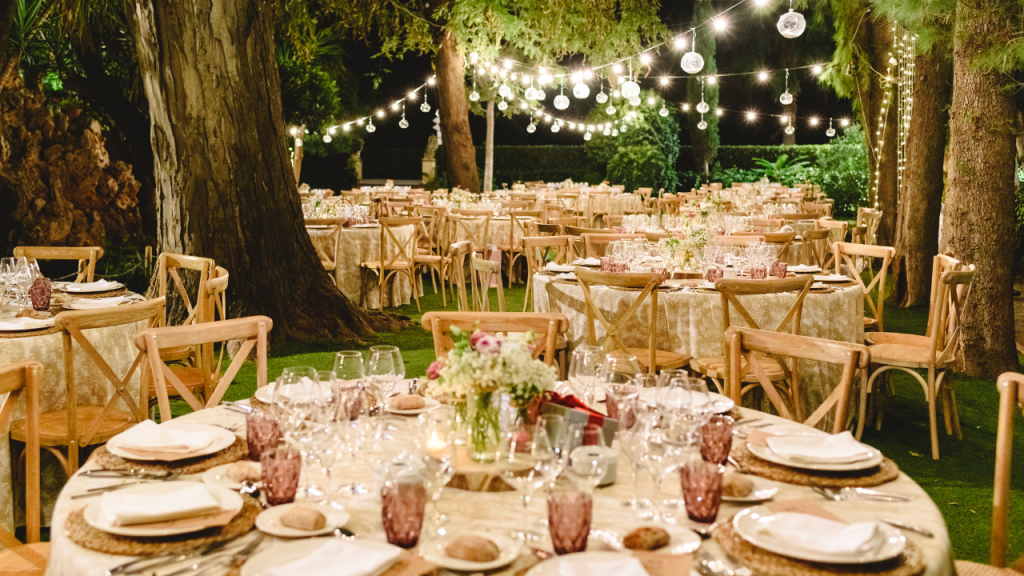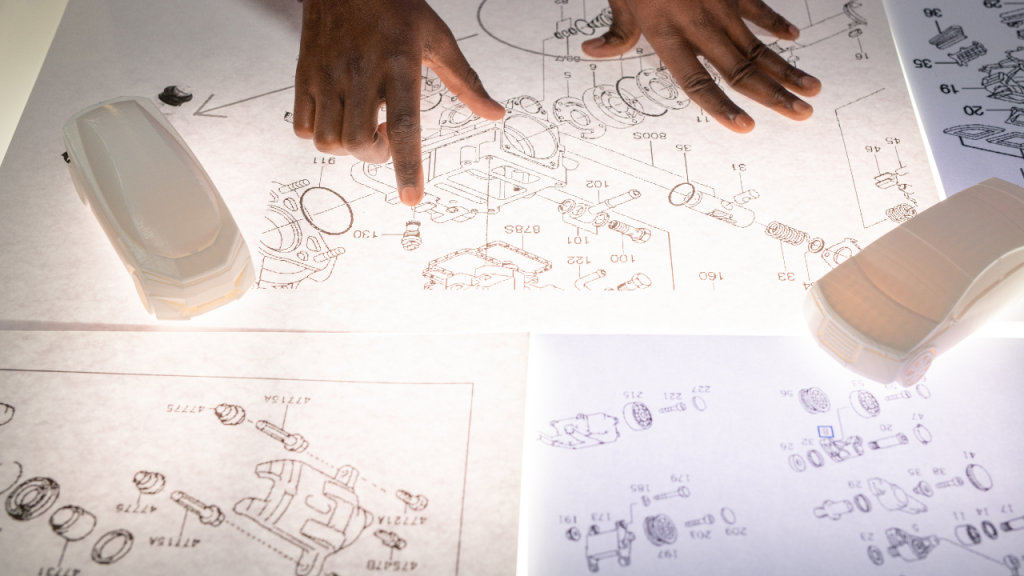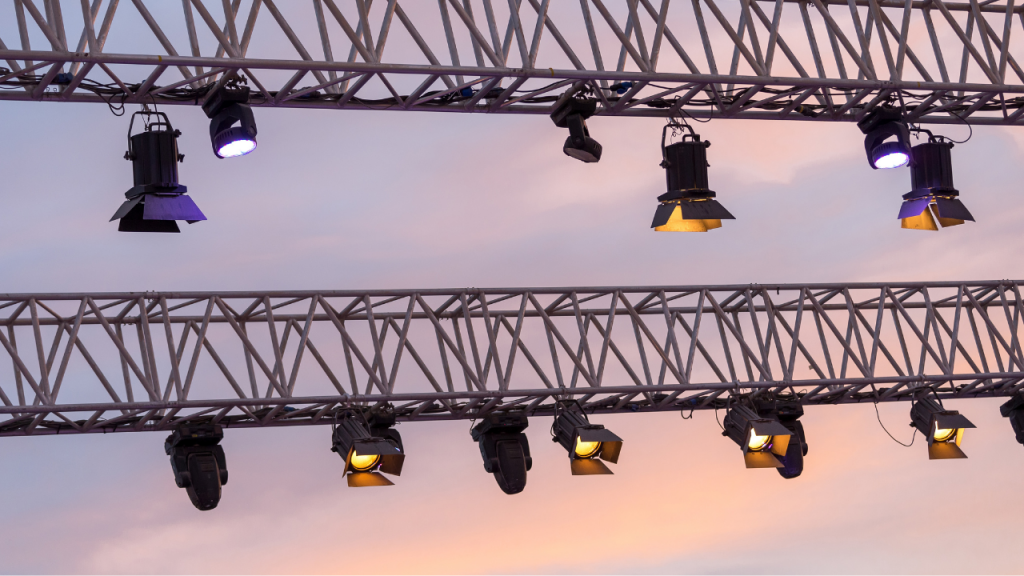
Creating an inviting atmosphere through professional event lighting can transform any venue and significantly enhance the overall experience for guests. Whether you are hosting a corporate event, wedding, or special celebration, this guide will help you in setting up effective and aesthetic lighting that meets your event needs.
Step-by-Step Guide on How to Setup Professional Event Lighting
1. Understand the Purpose of Your Event

Before diving into the technical details, it’s essential to clarify the goal of your event. Different occasions may call for different lighting styles. For example:
- Corporate Events: Focused and clear lighting to facilitate networking and presentations.
- Weddings: Soft, romantic lighting that complements the theme and decor.
- Concerts/Performances: Dynamic lighting that can adapt to the stage and performance type.
2. Conduct a Venue Assessment

Assess the venue where your event will take place. Take note of:
- Layout: Identify key areas such as the stage, dining, and breakout spaces.
- Existing Lighting: Understand the natural light sources and any fixed lighting already present.
- Power Sources: Ensure there are adequate outlets for all your lighting equipment.
3. Choose Your Lighting Style

Select a lighting style that matches your event’s theme and purpose. Here are some popular lighting options to consider:
a. Ambient Lighting
Ambient lighting creates a soft, general illumination that sets the overall mood of the event. Common choices include:
- String Lights: Ideal for outdoor or rustic-themed events, they add a warm touch.
- Up-Lights: Placing lights on the floor and directing them upwards can create an elegant glow and highlight architectural features.
- LED Panels: These can be color-changing, allowing you to shift the atmosphere throughout the event.
b. Task Lighting
Task lighting is designed to enhance functionality where specific activities are taking place. This is particularly crucial in areas like dining spaces or stages. Options include:
- Spotlights: Directing beams of light to focus on key areas, such as presentations or performances.
- Table Lamps: Charming additions to dining tables, they create intimate settings while providing enough light for dining and conversation.
c. Decorative Lighting
This style is all about adding aesthetic appeal and creativity to your event. Depending on your theme, you might consider:
- Gobos: Projected patterns onto walls or floors can be customized to match your event’s theme.
- Fairy Lights: These tiny, twinkling lights can be draped or hung to instill a sense of magic and intimacy.
- Neon Signs: Bold neon lights add a modern and playful vibe to events.
- Flame Effect Lights: These simulate the warm flicker of flames, great for outdoor events or themed nights.
4. Create a Lighting Plan

Once you’ve established your lighting styles, the next step is to create a detailed lighting plan. This will help you visualize your setup and ensure all areas are covered.
a. Draw a Venue Layout
Sketch a layout of your venue, marking the key areas for lighting installation. Consider the following crucial elements:
- Entry Points: Highlight where guests will enter and exit. Uplighting these areas can create an inviting atmosphere.
- Main Areas of Activity: Mark locations for dining, dancing, speaking, and other activities needing specialized lighting.
- Walkways and Bathroom Areas: Ensure there’s sufficient lighting for pathways and bathrooms to maintain safety.
- Focal Points: Identify where you want guests to gather or take photos, such as a stage or unique decor, and plan to illuminate these areas effectively.
b. Consider Power Supply and Accessibility
When determining lighting positions, keep in mind the availability of power sources. Ensure that:
- Cables and Extensions: Plan where to run power cables safely to avoid hazards or tripping.
- Accessibility: Select lighting locations that are easy to reach in case adjustments or troubleshooting are necessary.
5. Select Appropriate Lighting Equipment

Choosing the right equipment is central to your lighting success. Here are some options to consider:
a. Fixtures
Different fixtures serve various purposes. Some common types include:
- Par Can Lights: These versatile fixtures are ideal for both uplighting and downlighting.
- Fresnel Lights: Provide a softer, diffused light that can be adjusted for focus, often used in theater productions.
- LED Panels: Offer a broad range of colors and can create stunning visual effects.
- Disco Balls and Moving Heads: Deliver dynamic lighting effects, perfect for entertainment events.
- Spotlights: Designed to focus on specific areas, making them ideal for key moments during an event.
- String Lights: Often used for outdoor events, adding charm and warmth to the atmosphere.
- Black Lights: Enhance fluorescent materials and create an electrifying atmosphere, ideal for parties.
- Flood Lights: Illuminate large areas effectively, making them perfect for outdoor events.
b. Lighting Layers
To achieve depth and dimension, consider using different layers of lighting. Combine ambient, task, and accent lighting to create a dynamic environment that adapts as the event progresses.
c. Color Schemes
Selecting a color palette that aligns with your event’s theme is essential. Use colored gels or LED lights with adjustable hues to switch the mood as the event unfolds. Selecting a color palette that aligns with your event’s theme is essential. Research shows that effective event lighting can increase guest engagement by as much as 30%. Use colored gels or LED lights with adjustable hues to switch the mood as the event unfolds.
d. Control Systems
Having a reliable control system can enhance the flexibility of your lighting design. Programmable lights allow for changes throughout the event, adjusting brightness or color to align with the flow of the evening.
Conclusion
Setting up professional event lighting requires careful planning, creativity, and attention to detail. By following these steps, you can create an inviting and memorable atmosphere that enhances the overall experience for your guests.
Ready to take your event to the next level?
With Laparizone, you can easily list your events, reach your target audience, and access comprehensive analytics for smarter event planning. Join us today and make your next event a success!








